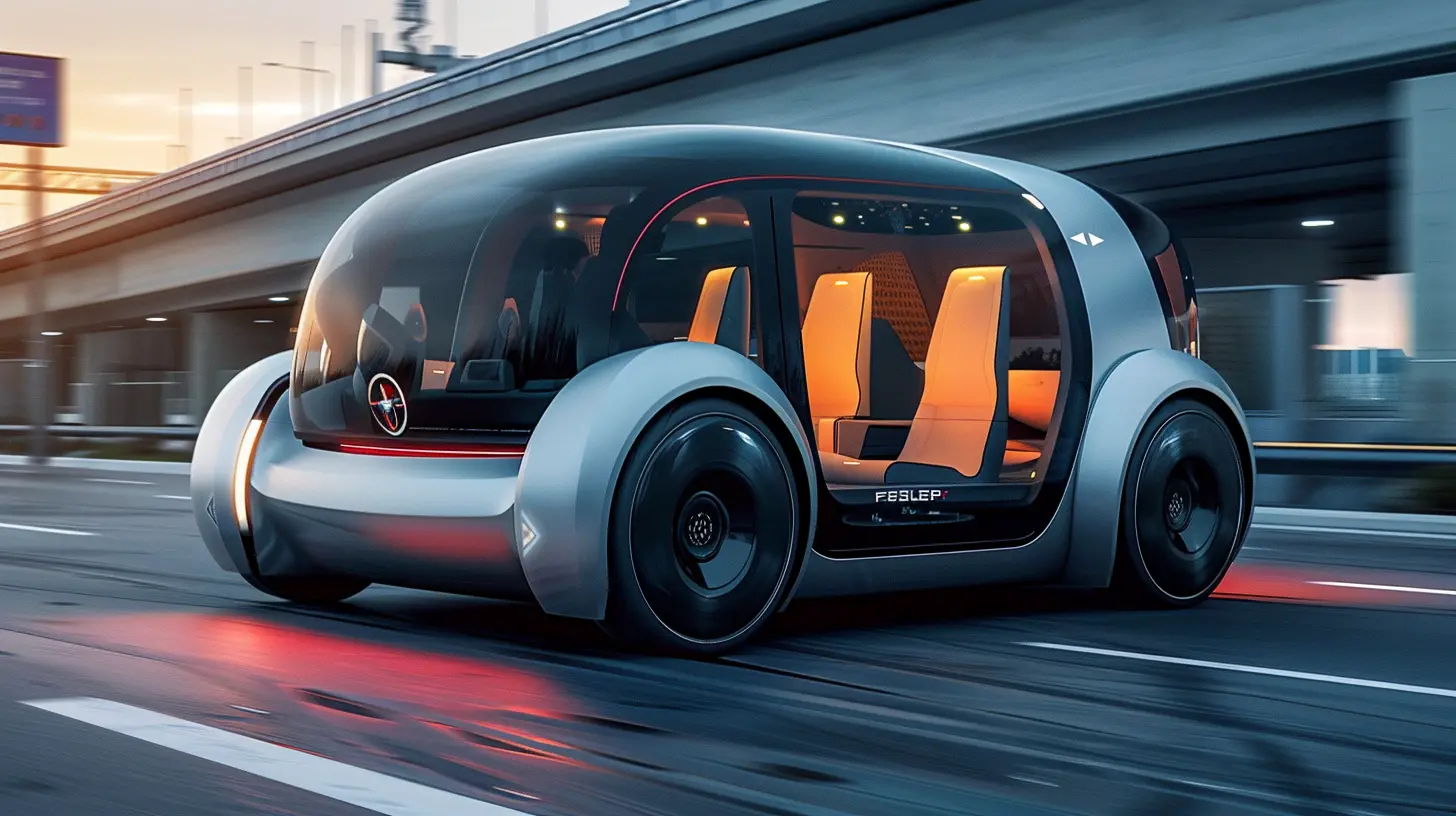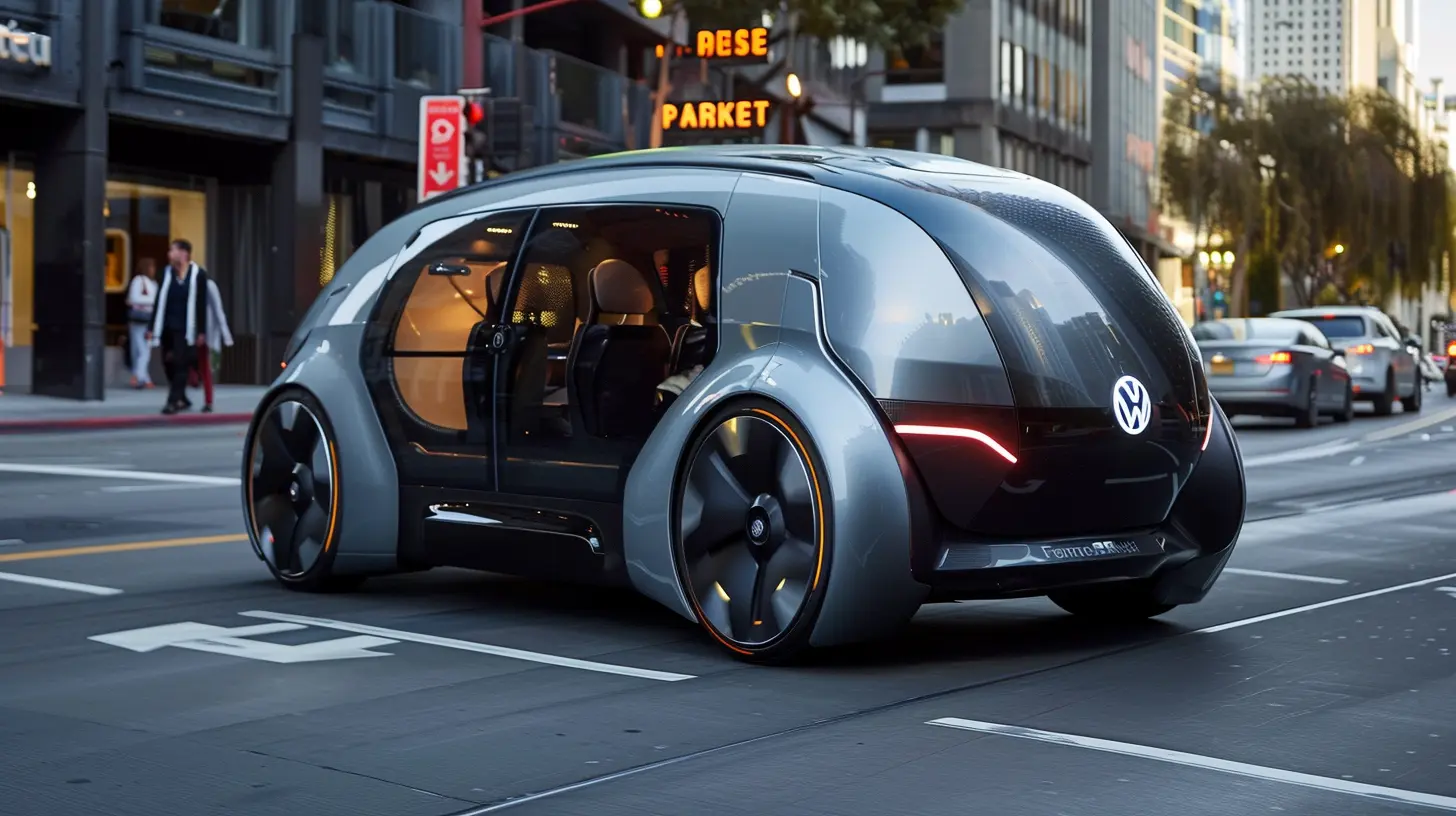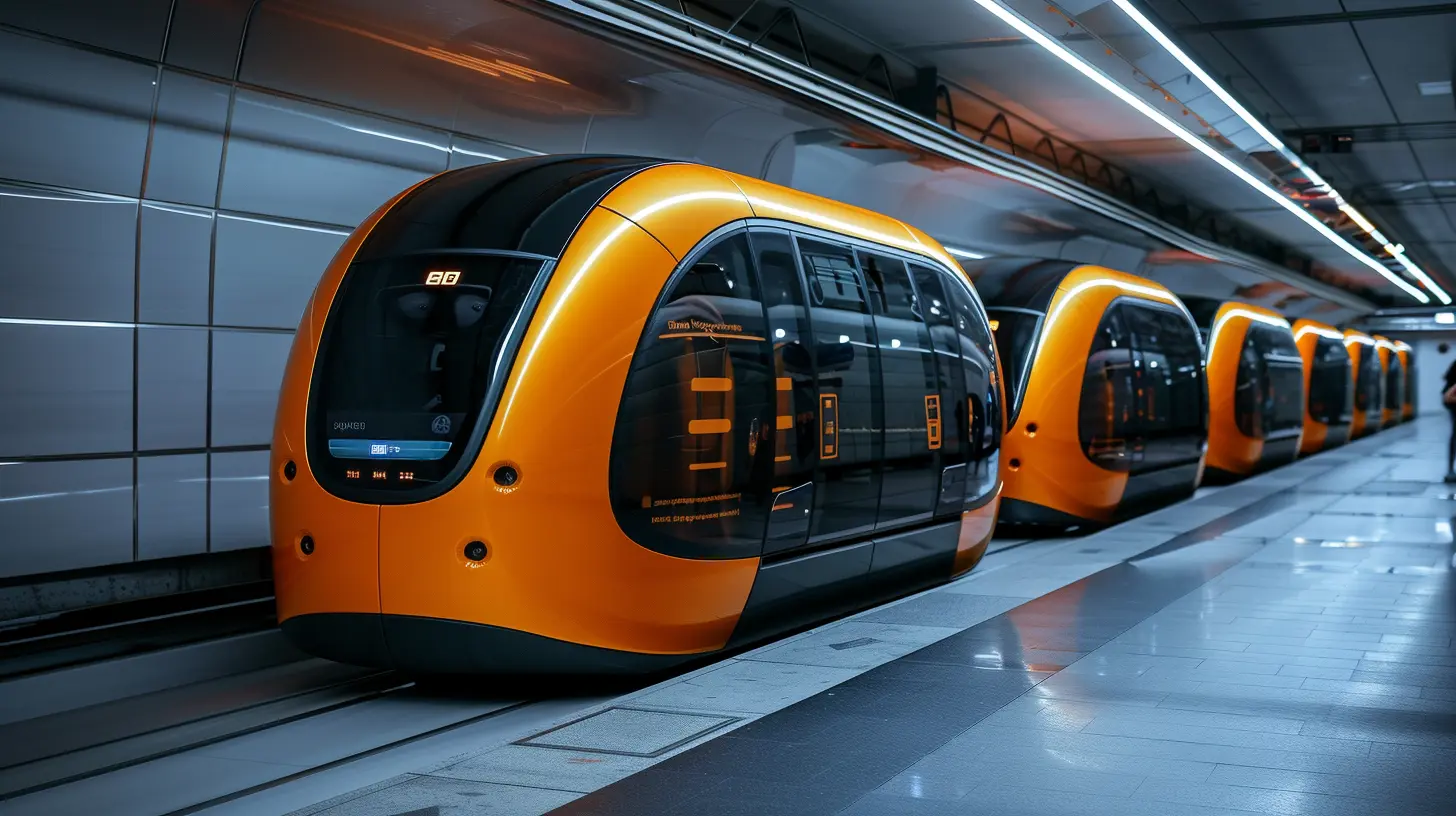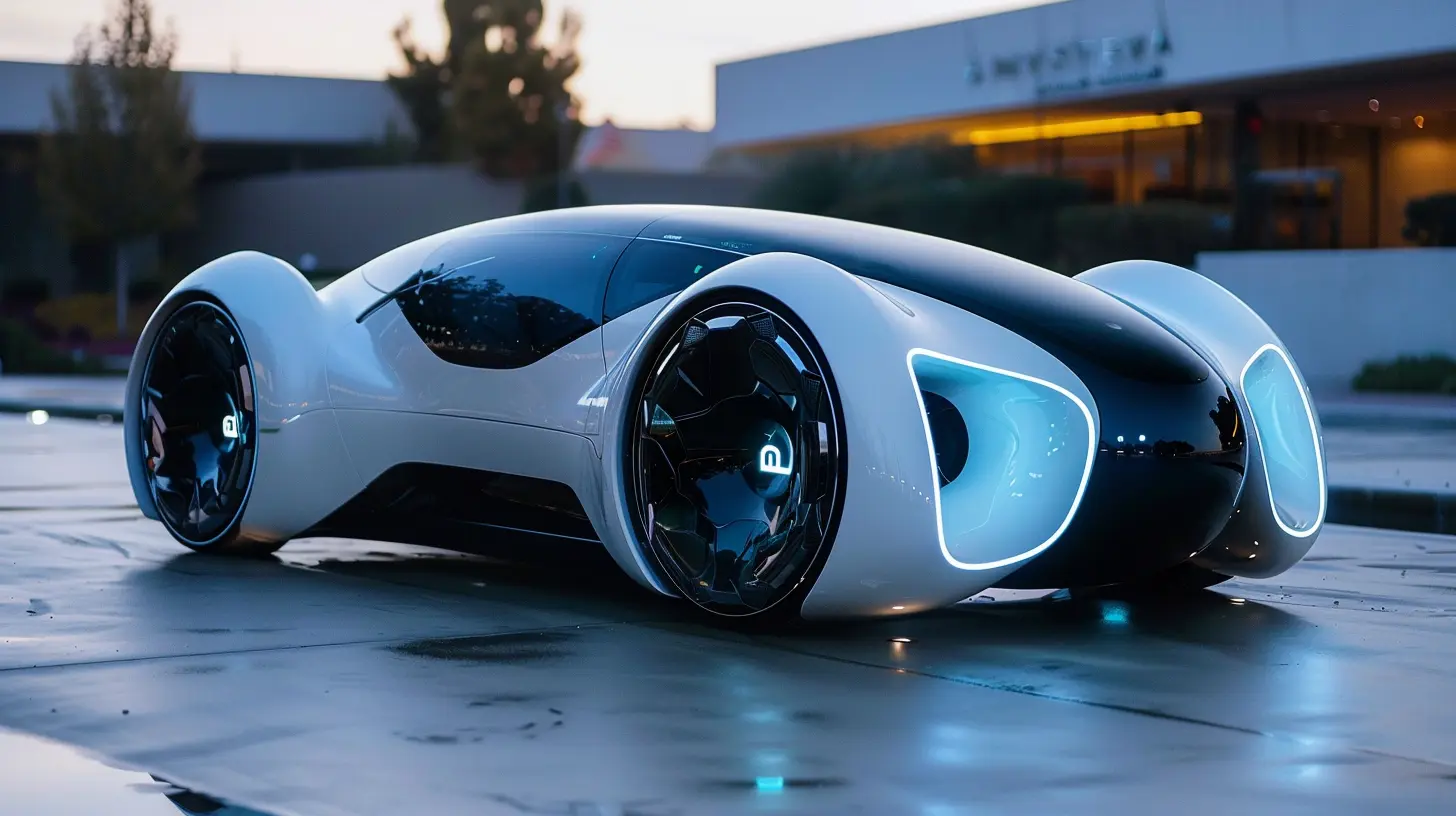Autonomous Cars and the Future of Fleet Management
14 July 2025
Self-driving cars used to be the stuff of sci-fi movies and wild dreams. But here we are—on the brink of a future where autonomous cars could take over fleet management. Imagine a world where trucks don’t need coffee breaks, taxis don’t grumble about short trips, and delivery vans don’t argue about who gets to control the AUX cord. Sounds like paradise, right?
Well, before we pop the champagne, let’s take a deep dive into how autonomous vehicles (AVs) are shaking up fleet management—and whether we’re truly ready for this revolution.

🚗 What Are Autonomous Cars, Anyway?
Let’s start with the basics. Autonomous cars, also known as self-driving cars, are vehicles equipped with advanced sensors, AI-powered systems, and fancy tech that allow them to navigate roads without human intervention.These cars rely on:
- Cameras to see the road, just like your eyes but with 20/20 vision (even at night).
- Lidar (Light Detection and Ranging), which uses lasers to map surroundings in 3D like a bat using echolocation—except way cooler.
- Radar to detect objects at a distance (because dodging obstacles is kinda important).
- AI Algorithms to process all this data faster than your brain processes a Monday morning coffee order.
Now, mix all of that together with some serious computing power, and boom—you’ve got a car that (hopefully) won’t run a red light just because it’s “in a hurry.”

🚛 How Autonomous Cars Could Revolutionize Fleet Management
Fleet management—the art of keeping company vehicles running efficiently—has always been a challenge. From tracking vehicles to maintaining them and managing drivers, it's a logistical nightmare. But autonomous technology is about to shake things up.1. Say Goodbye to Human Errors (and Bad Driving Habits)
Ever had a driver who thought he was in a Fast & Furious movie? Speeding, sudden lane changes, texting while driving—it’s a fleet manager’s worst nightmare. Autonomous vehicles eliminate reckless driving because, well, they don’t have egos. They follow traffic laws to the letter, reducing accidents and making roads safer.2. 24/7 Operations—Because Robots Don’t Sleep
Humans need rest, food, and the occasional vacation. Self-driving vehicles? They don’t care about sleep schedules or overtime pay. Fleet managers can keep vehicles on the road 24/7, maximizing productivity.Imagine a world where delivery trucks don’t sit idle overnight. That’s efficiency on steroids!
3. Fuel Efficiency & Cost Savings
Self-driving cars are programmed to drive optimally—no unnecessary acceleration, no last-minute braking, and definitely no drag racing at stoplights. This means better fuel efficiency, which translates to lower operational costs.Fleets will save bucketloads on fuel, and let’s be honest—who doesn’t love saving money?
4. No More "My Driver Is Late" Excuses
Late deliveries? Missed pickups? Those will be excuses of the past. Autonomous vehicles don’t get stuck at coffee shops or take unnecessary detours to "just grab something real quick." They stick to schedules like glue, ensuring better reliability and punctuality.5. Less Wear and Tear = Longer Vehicle Lifespan
Aggressive driving, hard braking, and constant stop-and-go traffic wear down vehicles fast. Since autonomous cars drive like responsible adults (unlike some human drivers we know), fleet vehicles will last longer, reducing maintenance costs.It’s like getting more mileage out of your favorite pair of sneakers—except way more expensive.

🤔 Challenges That Come With the Autonomous Fleet Takeover
Now, it all sounds great on paper, right? But we’re not quite there yet. There are still some bumps in the road—literally and figuratively.🚦 1. Technology Isn’t Perfect (Yet)
Self-driving tech is advancing fast, but it’s not infallible. Weather conditions like heavy rain, fog, or snow can mess with sensors. And let’s not forget the issue of unpredictable human drivers still roaming the streets.Until autonomous vehicles can handle every possible road scenario, we’re looking at a slow adoption curve.
💰 2. Initial Costs Are Sky-High
Sure, AVs will save money in the long run, but the upfront costs? Yikes.Companies will have to spend big bucks to replace entire fleets or retrofit existing vehicles with autonomous technology. Not every business can afford to dive in headfirst.
🏛️ 3. Regulations Are a Mess
Imagine a world where half the cars on the road are self-driving, and the other half are human-operated. Who’s responsible in an accident? What laws apply? Regulators are still scratching their heads trying to figure this out.Until there’s a clear legal framework, businesses might be hesitant to go all-in.
🚘 4. People (Kinda) Like Driving
Believe it or not, not everyone is ready to hand over control to a machine. Some drivers love being behind the wheel, and many fleet-based jobs rely on human drivers. What happens to those jobs when autonomous vehicles take over?It's not just about technology—it’s about people too.

📈 The Future: What’s Next for Autonomous Fleet Management?
Alright, enough about the problems—let’s talk solutions. The autonomous fleet revolution isn’t going to happen overnight, but here’s what we can expect in the coming years:🚀 1. Gradual Adoption
Rather than a full-blown takeover, we’ll likely see autonomous tech introduced in phases. Think automated braking, lane assistance, and AI-powered route planning before fully self-driving fleets hit the streets.⚡ 2. EV & Autonomous Tech Will Go Hand in Hand
Electric vehicles (EVs) and autonomous cars are like peanut butter and jelly—a perfect pair. Many companies are already combining both technologies to create sustainable, self-driving fleets that are eco-friendly and cost-efficient.🏭 3. Industries Will Change
From logistics and ride-sharing to food delivery and public transport, autonomous fleets are about to disrupt multiple industries. Uber, Amazon, and Tesla are already betting big on self-driving tech. Smaller businesses will need to adapt or risk being left in the dust.🛠️ 4. Fleet Management Software Will Evolve
Gone are the days of manual tracking. Fleet management software will leverage AI and predictive analytics to monitor autonomous fleets in real-time, optimize routes, and prevent breakdowns before they happen.🎯 Final Thoughts
Autonomous cars are no longer just a futuristic fantasy—they’re knocking on our doors, ready to change fleet management forever.Yes, there are challenges (and a few safety concerns we still need to iron out), but the benefits? They’re undeniable. Lower costs, fewer accidents, and 24/7 operations? That’s a dream come true for businesses managing fleets.
The road ahead won’t be smooth, but one thing’s for sure: Autonomous fleet management is coming, whether we’re ready or not. So, buckle up—it’s going to be one wild ride!
all images in this post were generated using AI tools
Category:
Autonomous VehiclesAuthor:

Kira Sanders
Discussion
rate this article
2 comments
Emma McPhail
Autonomous cars are revolutionizing fleet management, eliminating human error, boosting efficiency, and slashing costs. Embrace the future—adapt or be left behind in this rapidly evolving landscape.
October 25, 2025 at 3:25 AM

Kira Sanders
Thank you for highlighting the transformative impact of autonomous vehicles on fleet management! It's indeed crucial for businesses to adapt to these advancements to stay competitive.
Sophie Morgan
Great article! The integration of autonomous cars into fleet management is truly exciting. It opens up new possibilities for efficiency and safety in transportation. Looking forward to seeing how this technology evolves and shapes the future of mobility!
July 16, 2025 at 4:01 AM

Kira Sanders
Thank you! I'm glad you enjoyed the article. The potential of autonomous cars in fleet management is indeed promising, and it will be fascinating to watch its evolution.


